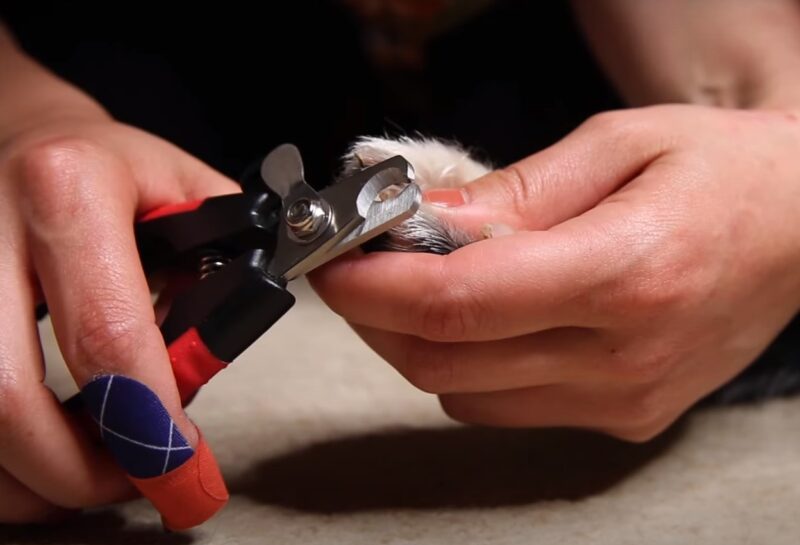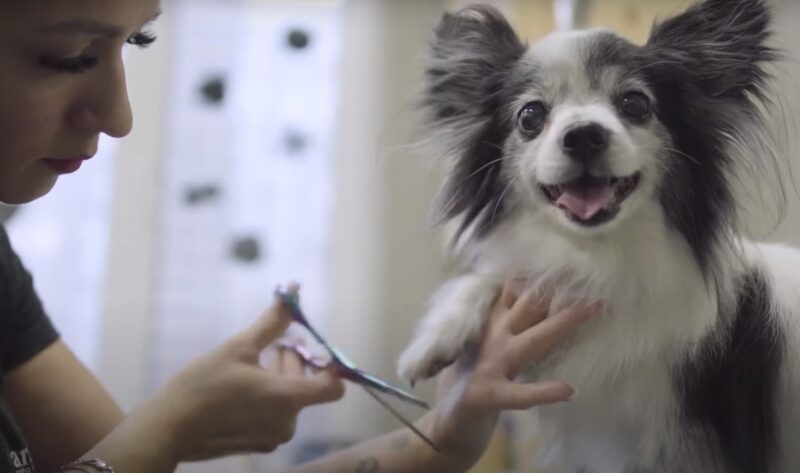Writing an in-depth, educational article about reducing the cost of dog toenail removal requires a comprehensive understanding of both pet care and financial management. This article will delve into various strategies to help pet owners lower the expenses associated with this aspect of their dog’s grooming and health care. The aim is to provide practical and accessible advice that balances the need for cost-effectiveness with the wellbeing of the pet.
Dog Toenail Removal

Before exploring cost-saving measures, it’s important to understand why and when toenail removal is necessary for dogs. Toenail removal, different from regular trimming, might be required for various reasons. These reasons can include ingrown nails, trauma to the nail, or medical conditions like fungal infections. Understanding the circumstances under which toenail removal becomes necessary helps in assessing the urgency and nature of the care required.
Regular Nail Maintenance
One of the simplest and most effective ways to avoid costly toenail removal is through regular nail maintenance. Regular trimming can prevent issues like overgrown or ingrown nails. Educating yourself on the correct techniques for nail trimming can reduce the risk of your dog’s nails reaching a point where removal is necessary. Investing in a good pair of nail clippers and learning the proper way to trim your dog’s nails can be a great start.
Professional Services vs. DIY

There are two main options for toenail care: professional grooming services or do-it-yourself (DIY) at home. Professional services, while more expensive, offer expertise and can be a safer option, especially for those unfamiliar with the process. On the other hand, doing it yourself can significantly reduce costs. Weighing the pros and cons of each option, considering your dog’s temperament and the complexity of their nail situation, can help in making a cost-effective choice.
Insurance and Wellness Plans
Pet insurance and wellness plans can be a useful tool in managing the cost of pet healthcare, including toenail removal. Some insurance plans offer coverage for routine care, which may include nail trimming or removal. Wellness plans often provide a bundle of services at a reduced cost. Understanding the details of these plans and choosing one that aligns with your dog’s needs can be a financially savvy move.
In-Depth Training

Another approach to reducing costs is gaining in-depth knowledge and training in pet grooming. While this requires an initial investment of time and possibly money, the long-term savings can be significant. This training can enable you to safely undertake more complex grooming tasks, like toenail removal, at home. Additionally, this knowledge can improve your ability to assess and manage your dog’s nail health proactively.
Choosing the Right Vet or Groomer
The choice of veterinarian or groomer can significantly impact the cost of toenail removal. Prices can vary widely based on location, the reputation of the clinic or salon, and the specific services offered. Researching and comparing prices, while also considering the quality of care, can help in finding a balance between cost and service. It’s also beneficial to establish a good relationship with a single provider, as this can sometimes lead to discounts or package deals.
Home Care and Prevention

Preventative measures play a crucial role in reducing the need for toenail removal. This includes providing your dog with plenty of exercises, which naturally helps in wearing down their nails. Additionally, monitoring your dog’s nails and addressing any issues early can prevent complications that might lead to more expensive procedures. Understanding the signs of nail problems and how to respond to them is a crucial aspect of this strategy.
Financial Assistance Programs
For those facing financial constraints, various assistance programs can help cover the cost of pet care, including toenail removal. Organizations and charities sometimes offer grants or subsidies for pet healthcare. Additionally, some veterinary clinics provide payment plans or sliding scale fees based on income. Exploring these options can provide financial relief for essential pet care services.
DIY Remedies and Care

In some cases, home remedies and care can be effective in managing minor nail issues, potentially avoiding the need for professional toenail removal. However, it is vital to approach this with caution and knowledge. Home remedies should only be used for minor issues and not as a substitute for professional care in severe cases. Always consult a veterinarian before trying any home remedy.
Community Resources
Lastly, community resources like local animal shelters or pet care groups can be invaluable in finding affordable care. These organizations often have partnerships with veterinarians or groomers and may offer discounted services. They can also provide advice and support in managing your dog’s nail health. Engaging with these communities can open up a network of resources and knowledge that can help in reducing costs.
FAQs
Final Words
In conclusion, lowering the cost of dog toenail removal involves a mix of preventative care, education, smart choices, and awareness of available resources. By understanding your dog’s needs, staying informed about care options, and making judicious use of available services and support, you can effectively manage the costs associated with this important aspect of your dog’s health and wellbeing. Remember, the goal is to balance financial practicality with the best possible care for your canine companion.







